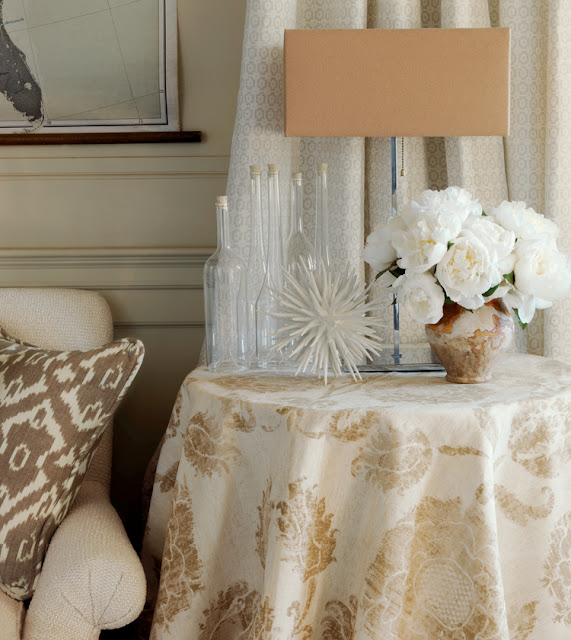The truth is you can stage your own home and do it beautifully, efficiently, and economically. Don't be misled by common misconceptions about DIY home staging.
Myth 1: Home staging is time-consuming
Time is precious, and most of us have tight schedules. But if you are living in your home while you prepare it for sale, you can use time to your advantage. You can work at your own pace instead of creating a one-day wonder!
Time is also on your side because you've spent so much time there already. Who better than you to know what's special about your own home? Your listing agent or a professional stager may not think to emphasize some of its best features like the view from your bedroom window or how ideal the patio is for entertaining.
When you stage, focus on those features you love, especially in the living room, kitchen, and primary bedroom -- the rooms that are most important to buyers. Your goal is to create a clean, spacious, welcoming atmosphere where buyers can easily see themselves living.
The best place to start is with my home staging eBook, DIY Home Staging Tips to Sell Your Home Fast and For Top Dollar. It's a treasure trove of ideas, formulas, lists, and plans to set you on the path and follow you all the way to listing your property!
Myth 2: Staging is expensive
Don't let those homes staged by Joanna Gaines and the Property Brothers make you think you need a monster budget. There are plenty of budget-friendly DIY tips and tricks that can work wonders. Repurpose and rearrange your furniture, pare down your belongings, make minor repairs, clean, and you'll have a buyer-ready home without draining your bank account.
 |
| Simple steps like decluttering and a good cleaning are the perfect start to staging your home. And these steps don't cost anything! Photo: Angi |
According to Realtor.com, the cost of professional staging for an average American home is between $2,000 and $2,400. You can save the expense of professional staging by doing it yourself at your pace with your furnishings and still reap the rewards of staging. Remember, staged homes sell faster and sell for 25% more money than unstaged homes. Your staged home will be ready to impress buyers. It will look better in your online photographs, so you'll attract more people. Unless you tackle major remodeling (not a good idea) whatever you might spend for staging will come back to you at the closing table.
If you decide to buy any furnishings or decor items for your staging, consider them either as investmernt pieces you can use in your next home, or else items that you can sell on Facebook Marketplace, Craigslist, NextDoor, or other local listserves.
Often the best homestaging calls for just furniture re-arranging, maybe a new lamp, or some plants, and some fresh curtains and slipcovers like the ones in the top photo.
Myth 3: It requires professional expertise
While a professional stager has her own bag of tricks, you can use the same tricks to make your home appealing to potential buyers. Even if you think you don't have a creative bone in your body or an "eye for decor" you can still imitate what works in homes that look beautiful in their online listings.
So, peruse those listings and see what your competition is doing right. Study the homes in your locale at your price point. Also, you can train your eye about what's trendy and tasteful and balanced by looking at professional decorators' online portfolios. But don't be intimidated by fancy homes that are not in your market. Be realistic about what your buyers want
If you are old enough to own a home of your own, you are old enough to have acquired the experience and know-how in other fields that will help you stage.
Myth 4: Staging is just for vacant houses
It's a common belief that staging is only necessary for empty homes. Staging is crucial to every home unless you want to attract "bottom feeders" looking for a fixer-upper or neglected property.
Statistics say that the more time potential buyers spend when they tour a particular home on the market, the more likely they are to submit a purchase offer. And people linger longer in staged homes than they do in a vacant property.
A well-staged home looks lived in, but lived in by people with an enviable lifestyle. When you stage, you'll be removing whatever looks messy or poor quality and showcasing what looks luxurious and clean. It's a little like going on a diet -- it's more important to eliminate some things than what you add to the mix!
In a nutshell, home staging is a fantastic tool you don't want to ignore. Common misconceptions shouldn't stand in your way. Even on a budget and with a tight schedule, you can make your home look great online and IRL. My homestaging eBooks and this blog have helped thousands of people like you make their homes sell fast for a price they love. Download now and start your staging journey.
Top Photo: Pink and Polka Dot




